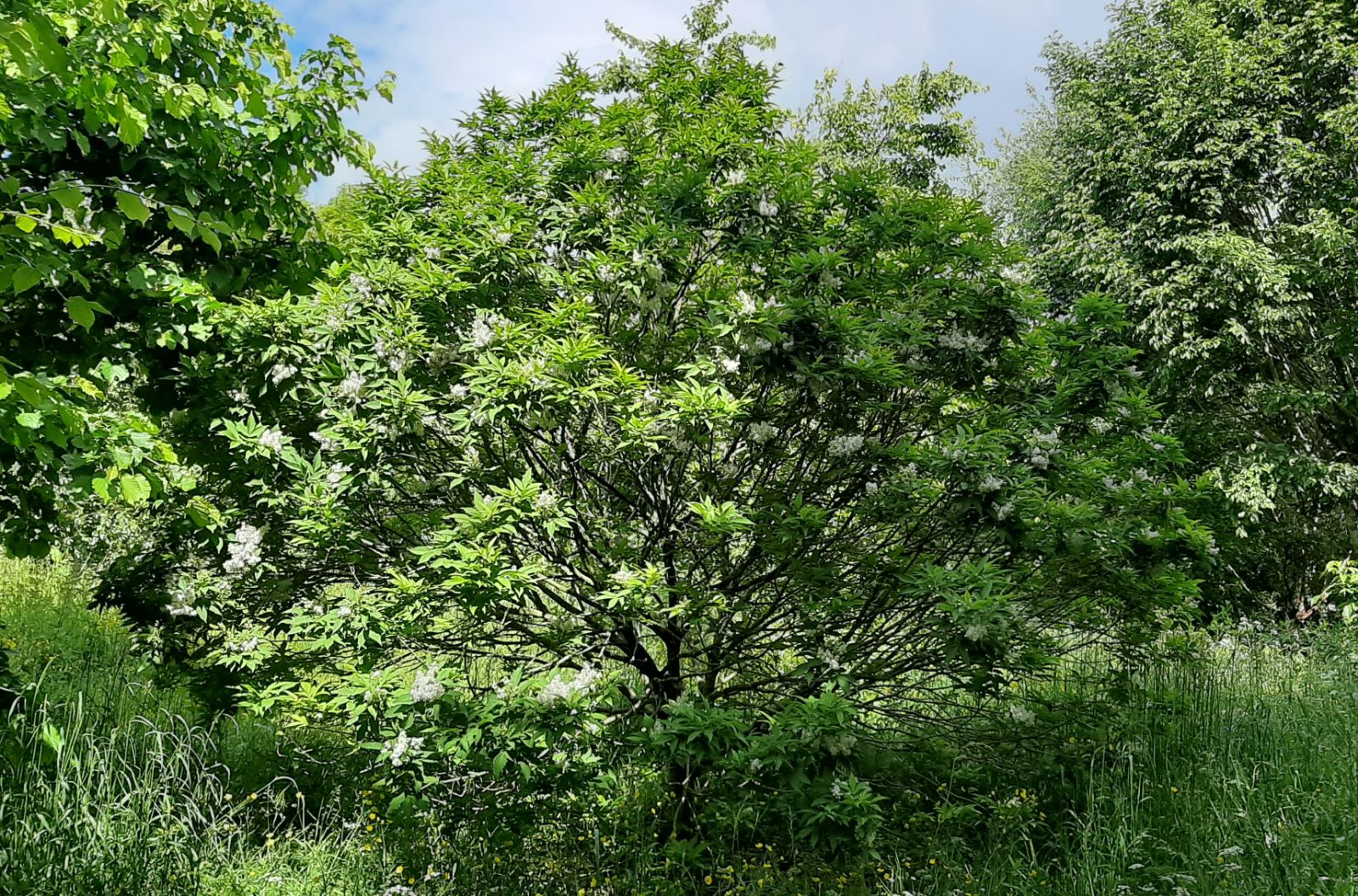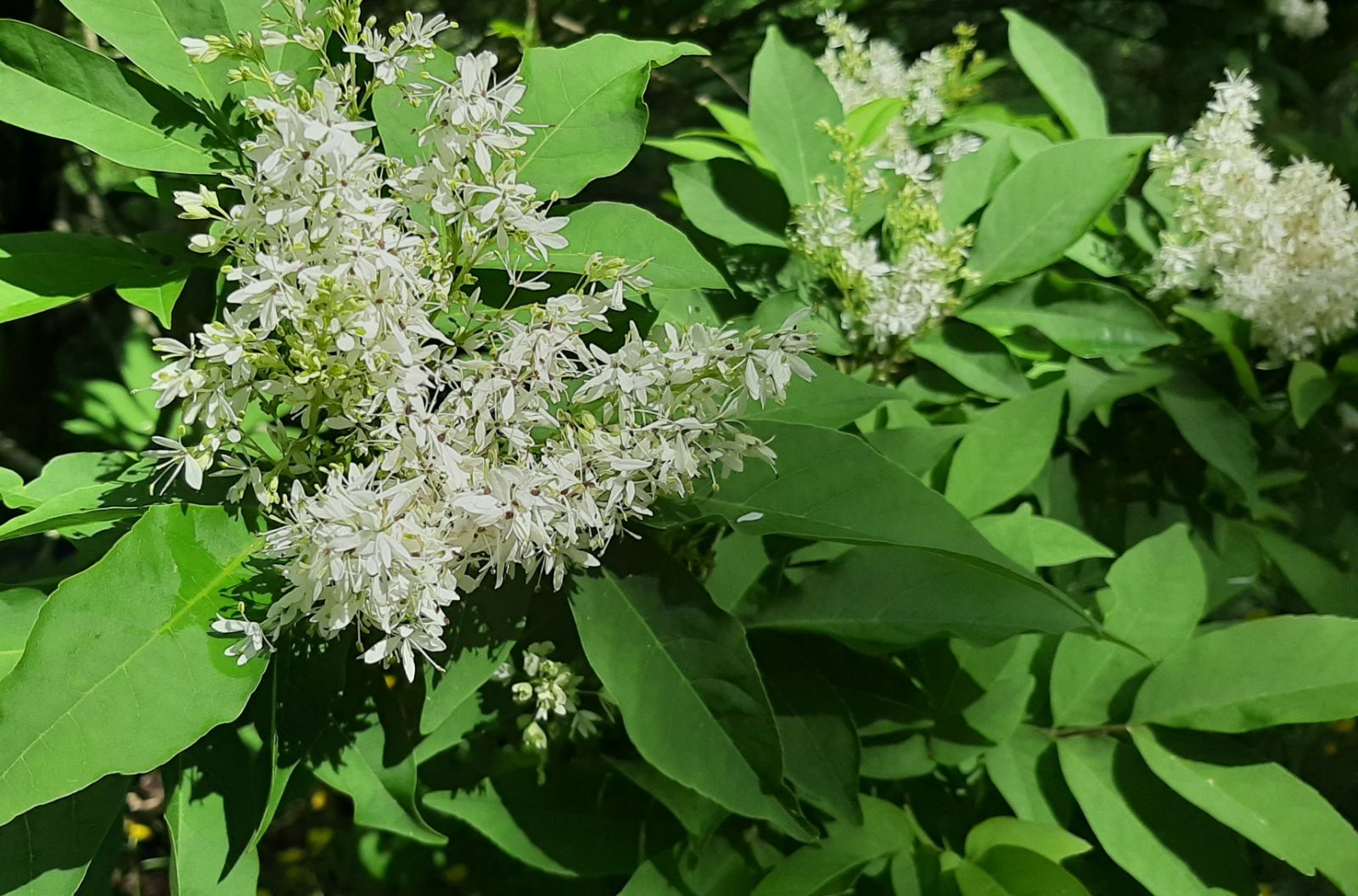Fraxinus sieboldiana
Credits
Article from Bean's Trees and Shrubs Hardy in the British Isles
Recommended citation
'Fraxinus sieboldiana' from the website Trees and Shrubs Online (treesandshrubsonline.
Genus
Synonyms
- F. longicuspis var. sieboldiana (Bl.) Lingelsh.
- F. longicuspis sensu Lingelsh., in part, not (?) Sieb. & Zucc.
Infraspecifics
Other taxa in genus
- Fraxinus americana
- Fraxinus angustifolia
- Fraxinus anomala
- Fraxinus biltmoreana
- Fraxinus bungeana
- Fraxinus caroliniana
- Fraxinus chinensis
- Fraxinus cuspidata
- Fraxinus dipetala
- Fraxinus elonza
- Fraxinus excelsior
- Fraxinus floribunda
- Fraxinus griffithii
- Fraxinus holotricha
- Fraxinus lanuginosa
- Fraxinus latifolia
- Fraxinus longicuspis
- Fraxinus mandshurica
- Fraxinus mariesii
- Fraxinus nigra
- Fraxinus obliqua
- Fraxinus ornus
- Fraxinus oxycarpa
- Fraxinus pallisiae
- Fraxinus paxiana
- Fraxinus pennsylvanica
- Fraxinus platypoda
- Fraxinus pubinervis
- Fraxinus quadrangulata
- Fraxinus rotundifolia
- Fraxinus sogdiana
- Fraxinus spaethiana
- Fraxinus syriaca
- Fraxinus texensis
- Fraxinus tomentosa
- Fraxinus 'Veltheimii'
- Fraxinus velutina
- Fraxinus xanthoxyloides
A slender tree 20 to 30, sometimes 50 ft high in Japan, belonging to the Ornus section; young shoots soon glabrous, grey. Leaves ordinarily 4 to 6 in. long; leaflets usually five (rarely seven), which are 11⁄2 to 4 in. long, 3⁄4 to 11⁄2 in. wide, ovate to obovate, tapered at the base, the apex abruptly contracted into a slender point, toothed or almost entire, glabrous above, downy only at the sides of the midrib near the base beneath or sometimes quite glabrous beneath. The terminal leaflet, which is the largest, has a stalk 1⁄2 to 3⁄4 in. long, the uppermost pair are stalkless, the lower pair or pairs shortly stalked; common stalk grooved on the upper side. Flowers white, in terminal and axillary panicles 3 to 5 in. long, produced in June. Petals four, about 1⁄4 in. long. It is the Japanese representative of F. ornus, differing most obviously in the few leaflets.
This ash is usually called F. longicuspis, but according to Ohwi’s Flora of Japan (1965) the species so named by Siebold and Zuccarini has flowers without petals and differs in other respects also from the plant described above. This conclusion is no doubt based on an examinaton of the type specimen.
From the Supplement (Vol. V)
The question mark inserted before ‘not Sieb. & Zucc.’ in the first printing should be deleted.
F. sieboldiana is very closely allied to the later-named F. mariesii and if the two were united, as they are by T. Nakaike, the species would range from Japan and Korea to central China.
† F. lanuginosa Koidz. F. sieboldiana var. pubescens Koidz.; F. longicuspis sensu Lingelsh., in part, not Sieb. & Zucc. – This flowering ash is closely ailed to F. sieboldiana. The leaflets are serrated, sometimes quite finely so, and the leaf-rachis and petiole are either glabrous or clad with short, stiff, straight hairs, whereas in F. sieboldiana the leaflets are entire or crenated, and the rachis and petiole are finely downy and often glandular. In addition, F. lanuginosa has winter-buds with two pairs of scales (three in F. sieboldiana). In Japan, this species occurs at higher elevations than F. sieboldiana and is also a native of Korea. It is mentioned here as a species worthy of introduction.


